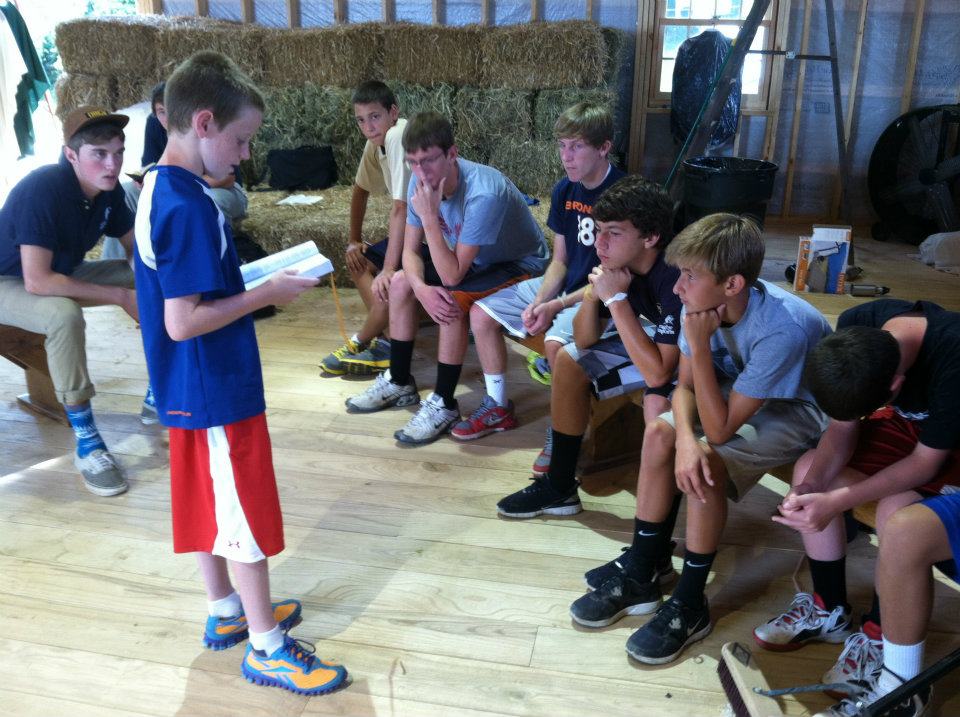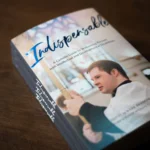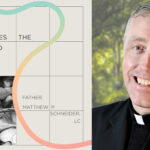 One of the deepest needs teens have is to belong to something bigger than themselves. A soccer team is bigger than any individual member but it doesn’t last. They want to be part of the Church! This is one of the greatest things we can offer them: it both fulfills their needs and leads them heavenward.
One of the deepest needs teens have is to belong to something bigger than themselves. A soccer team is bigger than any individual member but it doesn’t last. They want to be part of the Church! This is one of the greatest things we can offer them: it both fulfills their needs and leads them heavenward.
The liturgy must be a central aspect of being part of something bigger. We all, the Body of Christ, offer the same sacrifice. We offer the same sacrifice around the world and throughout history.
An aspect of this universality can be lost with an English translation that is just a few years old. (Well, yes English is almost universal today but it’s only a few hundred years old.) If we want to insert teens into something a lot bigger than themselves, why don’t we use the same language that the saints of the past used and that is still the Church’s language. Yes, Latin!
For many it would be too much to switch it all back to Latin; they simply don’t understand the language and for active participation the mass should be comprehensible to the participants. The norms state that the liturgy can be celebrated in Latin or another language. This shows a certain preference for Latin although not absolute. Latin shouldn’t be imposed where it can’t be understood.
But there are many beautiful prayers we all know by heart that could be said in Latin without a loss in comprehension: the Consecration, the Our Father, the Gloria, or the Kyrie. The Kyrie goes back to Greek – very likely it goes right back to the 12 apostles, some of whom spoke Greek. By then time someone is a teen, they know what these prayers say. Occasional Latin also helps avoid the teenage tendency to repeat these prayers like a machine.
Beyond just saying them, several simple Gregorian chant settings exist to sing them. The notes are no more difficult than teaching the newest guitar-based worship song.
This is also the way Benedict XVI usually celebrates public masses. He switches from the vernacular to Latin for key parts of mass. (I would not suggest trying the polyphonic choir pieces these are often done in, unless you have a really good choir.) This way, teens would participate more directly in the One Universal Church.
What I would suggest is to add one part at a time. A short instruction beforehand would be a perfect place to situation this part of the liturgy into the entire mass, and not just cover the pronunciation. Give it a try with something simple like the Kyrie and see if it helps your teens appreciate mass more.







[…] Spice up the Youth Mass. . . With Latin! – Matthew P. Schneider, 22nd Century Catholicism […]